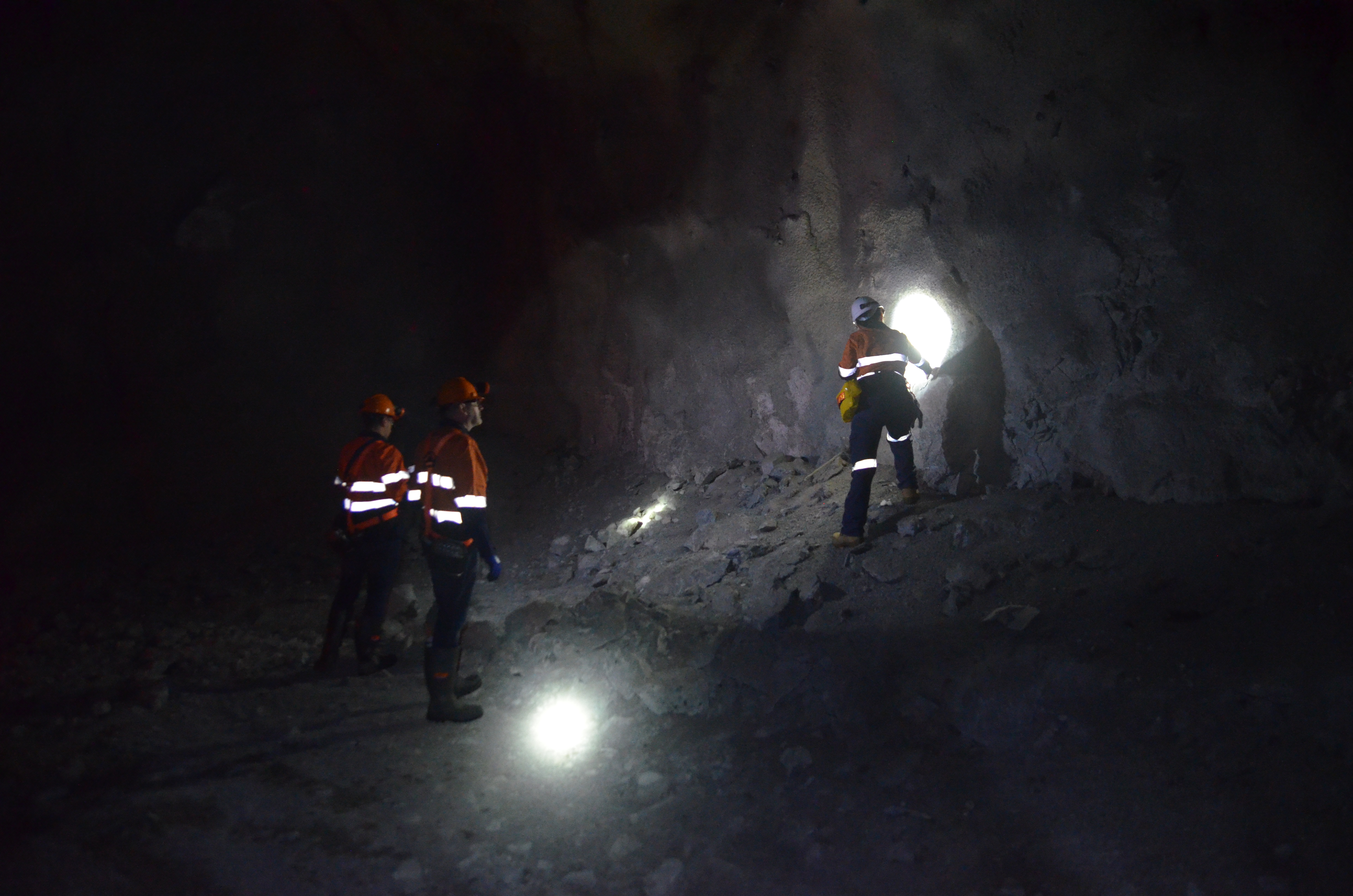
Australian scientists hope to start experiments to detect dark matter as early as next year, following the successful excavation of the site for the underground laboratory at the Stawell Gold Mines.
The Stawell Underground Physics Laboratory (SUPL) will have a main research hall that is 33 metres long, 10 metres wide and 12.3 metres high, and a side access wing configured in an L shape – to house the multi-disciplinary work of scientists from five research partners, including the University of Melbourne.
With all excavation and rock removal undertaken at a depth of approximately one kilometre underground, the physics lab can be now built within the caverns.
Funding for the lab was announced in 2019 with Commonwealth and Victorian governments both allocating $5 million each for the facility. The Australian Research Council awarded a $35 million Centre of Excellence for Dark Matter Particle Physics, with headquarters at the University of Melbourne. The Centre's activities will establish the Stawell Underground Physics Laboratory as the Southern Hemisphere's epicentre for dark matter experiments.
While the coronavirus (COVID-19) pandemic has recently prevented visits underground, the early works package of the project has been successfully completed, ensuring the site is now ready for the lab to be constructed.
Stawell Gold Mines General Manager, Troy Cole, said "the excavations for the laboratory are now completed, with the mining teams creating two laboratory chambers, 1025m underground."
"The main laboratory chamber excavation was a technical piece of work, undertaken in stages, as it is significantly larger than our normal operations and requires a higher level of engineering to ensure the longevity of the facility.
"It's an exciting period in the development of the laboratory as it moves into the construction phase and the eventual realisation of a world-class scientific facility," Mr Cole said.
Explosives and heavy machinery were used to excavate the two caverns, clearing approximately 4700 cubic metres before rock bolts and supports were installed prior to spraying shotcrete to reinforce the cavern.
"The materials used to secure the cavern and cover the rock walls were all specially sourced to ensure the environment is suitable to host the types of experiments, which will be located within the laboratory," Mr Cole said.
The next step will be to award a contract to build the underground lab, with the tender process expected for later this year and the Stage 1B works to be undertaken in 2021.
University of Melbourne Professor Elisabetta Barberio, Director of SUPL, said Stawell Gold Mines was a perfect location for Australian physicists to work together to find dark matter. It will be the only laboratory in the Southern Hemisphere suitable to undertake these types of experiments.
Like the Gran Sasso National Laboratory in Italy, which is situated under a mountain, the Stawell laboratory is located deep in the ground, taking 35 to 40 minutes to drive down seven kilometres to reach the 12 metre x 10 metre entry portal into the physics lab.
"We expect that in about one year from now, we will be able to fit out a high-tech laboratory," Professor Barberio said. "As cosmic rays cannot reach one kilometre underground, we are in an ideal location to carry out our experiments."
The partners for the underground lab are the University of Melbourne, the Swinburne University of Technology, the University of Adelaide, the Australian National University, the Australian Nuclear Science and Technology Organisation, the Italian National Institute for Nuclear Physics and the Stawell Gold Mines.






